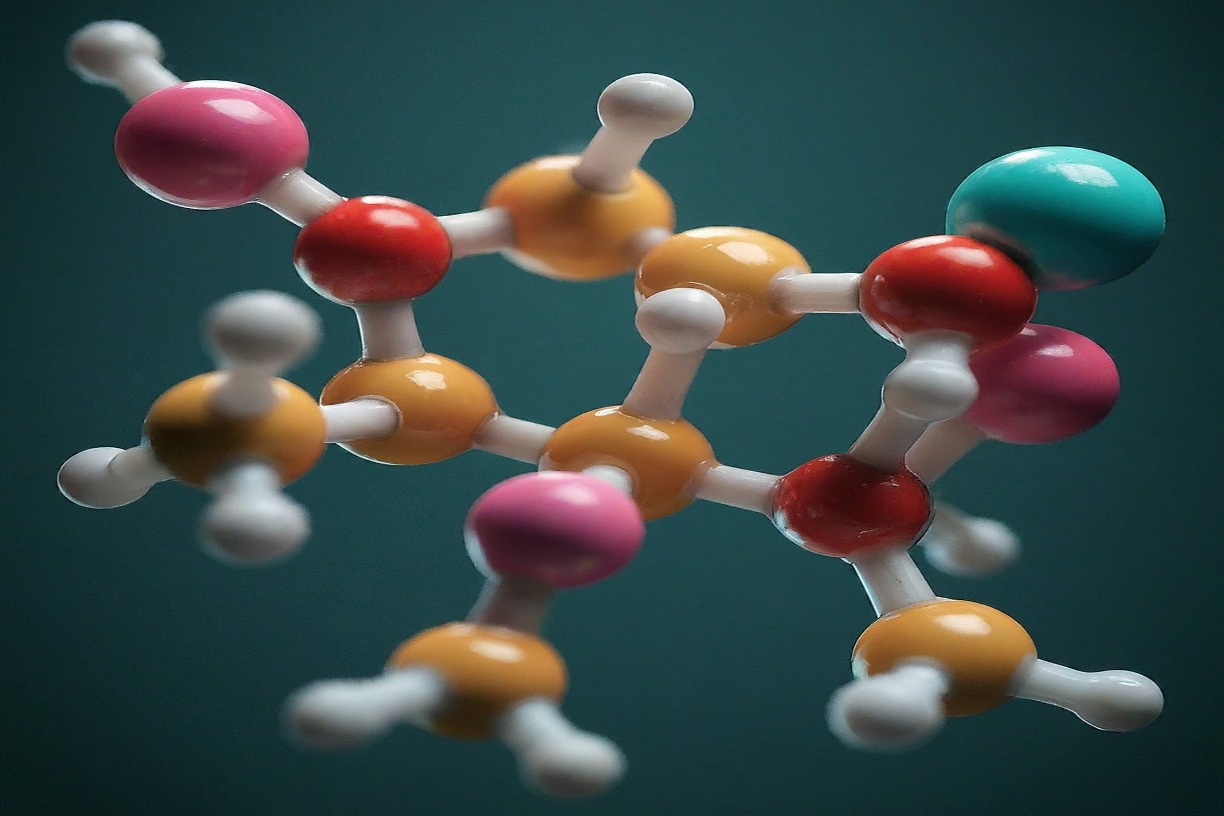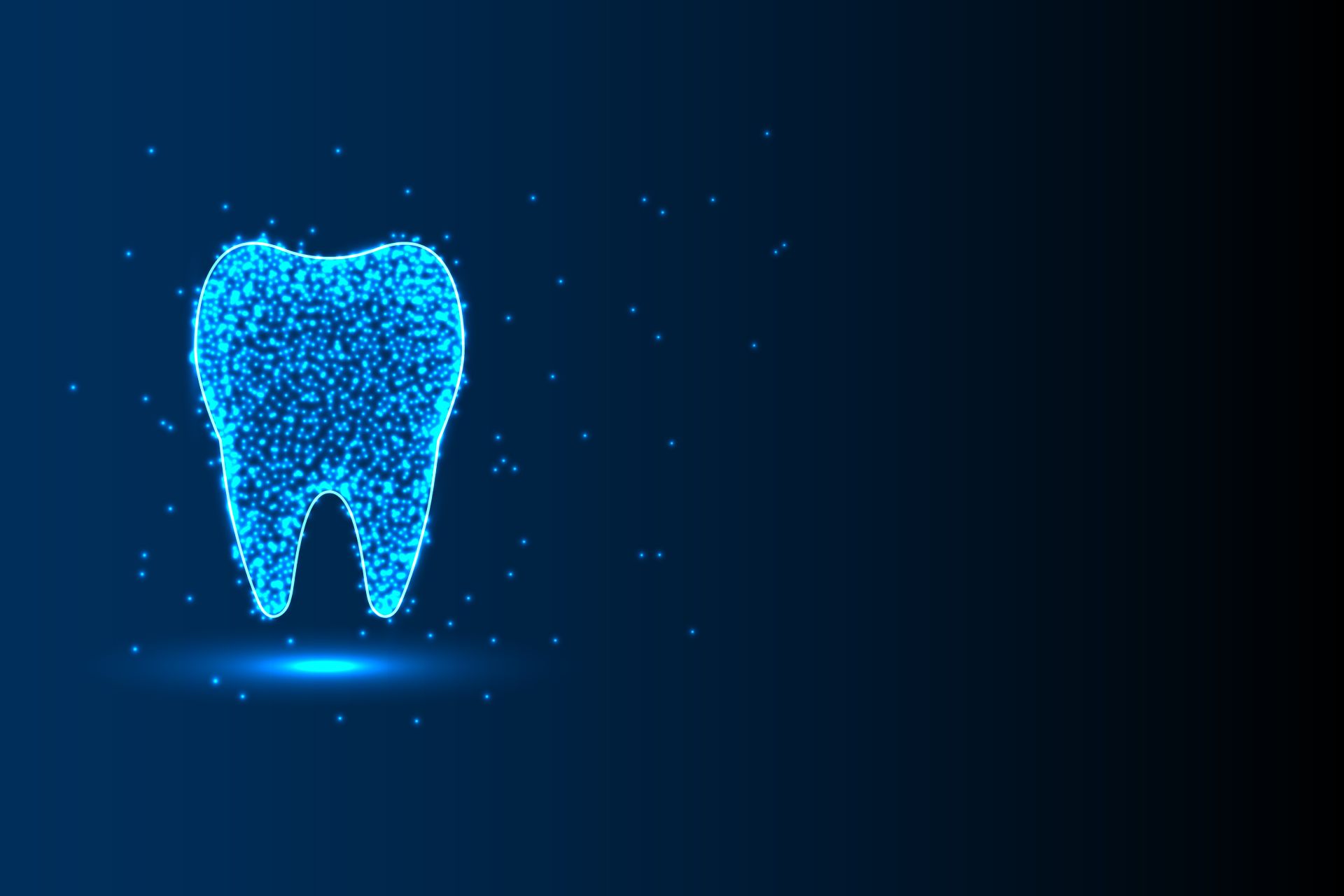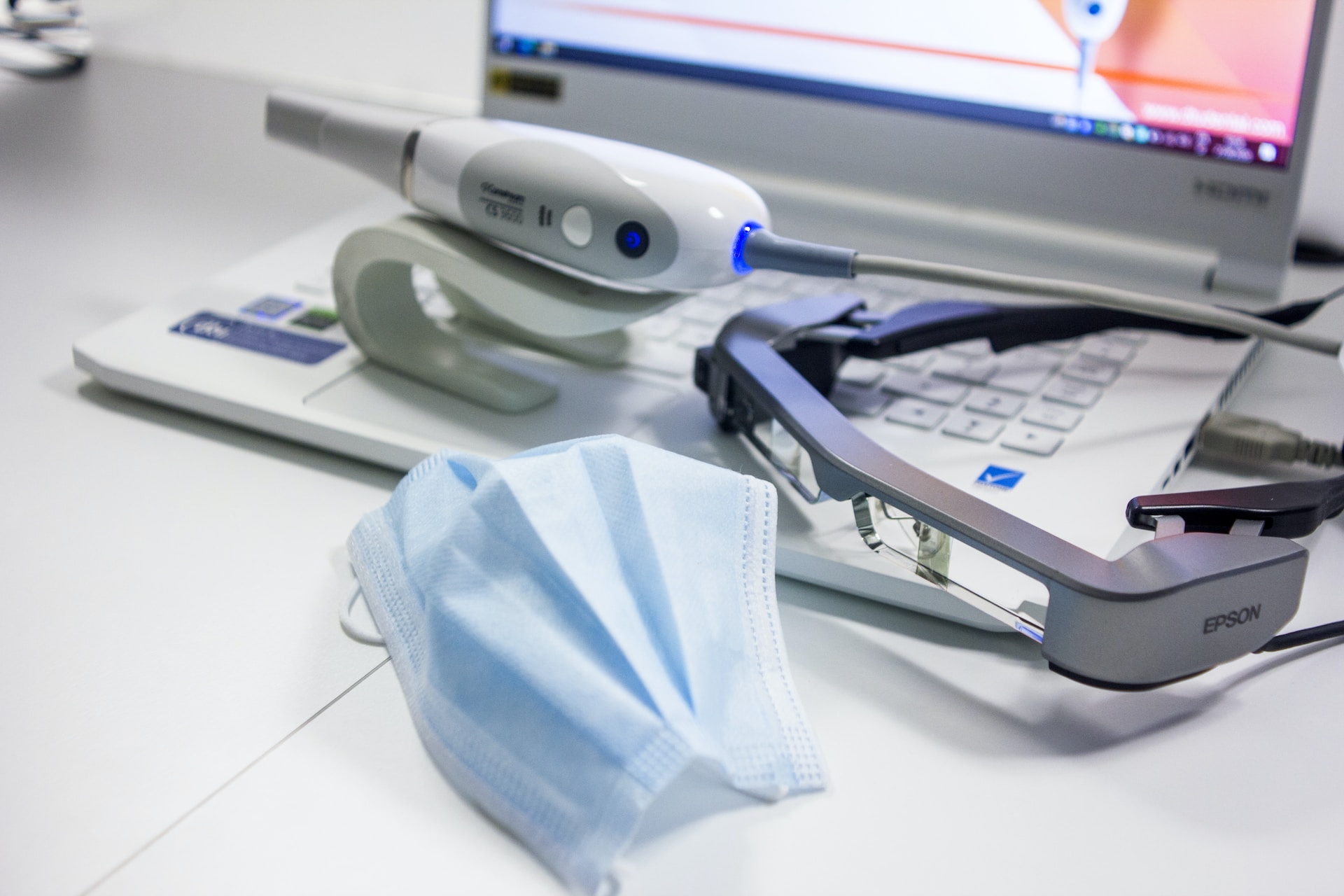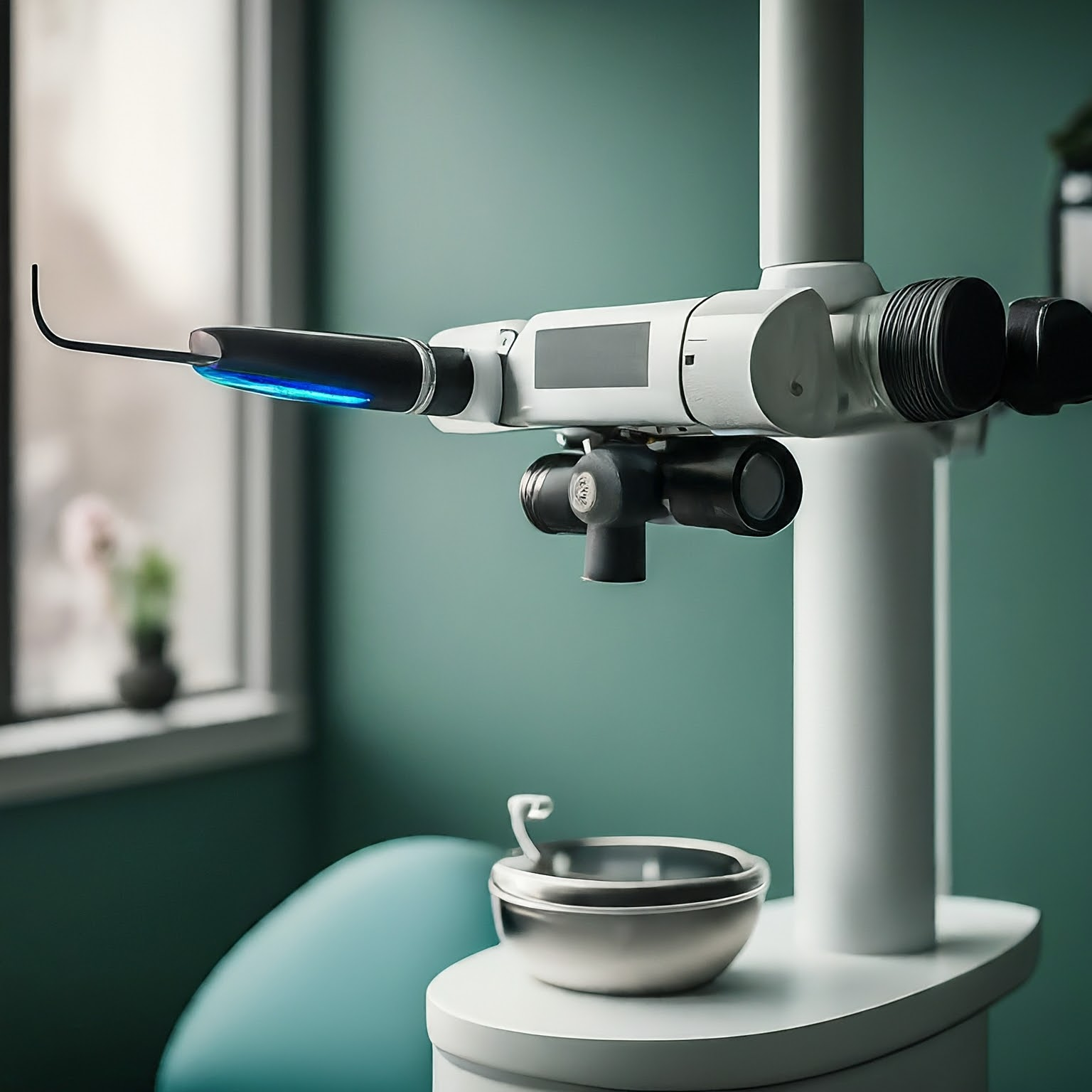Dental Innovations
Nanotechnology Could Revolutionize Dentistry: Tiny Tech for Big Smiles
Nanotechnology deals with the manipulation of materials at the atomic and molecular level, leading to the creation of particles with unique properties. Like robots, sentient computers, and bionic implants, it’s often a staple of science fiction. But nanotechnology is another emerging innovation in the field of dentistry. It allows us to imagine a world where dental fillings not only repair cavities but also prevent future decay – where routine cleanings could be replaced by self-healing materials that fight bacteria and promote remineralization. Just as artificial intelligence (AI) and digital imaging have become more prominent and widely adopted, nanotechnology may represent another futuristic breakthrough that’s closer than we think.
What is Nanotechnology and How Does it Apply to Dentistry?
The academic paper “A Comprehensive Narrative Review of Nanomaterial Applications in Restorative Dentistry: Demineralization Inhibition and Remineralization Applications” explores the existing use and potential applications of nanotechnology in dentistry [Elmarsafy S M (April 18, 2024) A Comprehensive Narrative Review of Nanomaterial Applications in Restorative Dentistry: Demineralization Inhibition and Remineralization Applications (Part I). Cureus 16(4): e58544. doi:10.7759/cureus.58544].
As the author explains, “Nanotechnology is widely utilized throughout several areas of dentistry, particularly in restorative dentistry, endodontics, biomineralization, prosthodontics, periodontics, bone regeneration, implant odontology, oral cancer diagnosis, drug delivery, and nano-tissue engineering. The antibacterial characteristics, mechanical reinforcement nanostructure, and therapeutic approaches are the key factors contributing to the various benefits of nanotechnology.”
“Despite the long history of the production and development of various types of restorative materials for more than 100 years, including amalgam, gold, silicate cement, glass ionomer, resin composite, and ceramics, they have always suffered from some drawbacks in their performance inside the oral cavity,” the paper continues. “Conversely, the emergence of the field of nanotechnology is considered a great opportunity to address these drawbacks.”
Nanotechnology deals with the manipulation of matter at the atomic and molecular level, typically between 1 and 100 nanometers (nm). At this scale, materials exhibit unique properties that differ significantly from their bulk counterparts. In dentistry, nanomaterials offer a wealth of possibilities for improving restorative materials, adhesives, and preventive treatments.
The Power of Nanoparticles (NPs)
Nanomaterials used in dentistry are based on their composition, function, and shape. Among the most common NPs are the following.
- Metallic NPs: Silver (Ag), gold (Au), and copper (Cu) NPs are well-studied for their antibacterial properties. They may disrupt bacterial membranes or hinder their growth.
- Non-Metallic NPs: These offer biomimetic (remineralizing) and/or antibacterial benefits. Examples include nano-hydroxyapatite (similar to the mineral found in teeth) and chitosan (a natural sugar).
- Nanofillers: These are incorporated into dental materials to enhance various properties like strength, aesthetics, and resistance to demineralization (tooth decay).
Nanotechnology: A Paradigm Shift in Restorative Dentistry
Traditionally, restorative dentistry has relied on materials like amalgam, gold, and composites. While these have served dentists well, they have limitations. Nanotechnology offers solutions to these shortcomings and introduces entirely new possibilities.
Enhanced Fillings
Current fillings may not perfectly match the surrounding tooth structure or lack sufficient strength. Nanofillers, because of their superior properties, can address these issues.
- Stronger and more durable: Nanoparticles can improve the mechanical properties of fillings, making them more resistant to wear and tear.
- More aesthetically pleasing: The smaller size of nanoparticles allows for better light refraction, resulting in more natural-looking restorations that seamlessly blend with the surrounding tooth.
- Antibacterial: Certain nanoparticles, like silver nanoparticles, can possess inherent antibacterial properties, potentially reducing the risk of secondary cavities around the filling.
- Remineralizing: Nanoparticles like hydroxyapatite can mimic the natural mineral composition of teeth, potentially promoting remineralization of weakened enamel around the filling.
Smarter Adhesives
Dental adhesives play a crucial role in bonding fillings and other restorations to the tooth. Nanotechnology can improve adhesives in several ways.
- Stronger bonds: Nanoparticles can enhance the bond strength between the adhesive and tooth structure, leading to longer-lasting restorations.
- Self-healing properties: Imagine adhesives that can repair minor cracks on their own. Researchers are exploring the use of nanocapsules containing healing agents to achieve this.
- Antibacterial properties: Similar to fillings, adhesives with antibacterial nanoparticles can potentially reduce the risk of recurrent decay.
- Nano-Glass Ionomers: These improved glass ionomer cements offer better aesthetics, polishability, and fluoride release compared to traditional versions. Some may even incorporate NPs with antibacterial or remineralizing properties.
Beyond Restorations: Nanotechnology’s Broader Impact on Oral Health
The applications of nanotechnology in dentistry extend beyond restorative procedures to encompass other areas of oral health care.
- Improved preventive care: Nanoparticles can be incorporated into toothpaste, mouthwash, and dental sealants to enhance their effectiveness in preventing cavities and gum disease.
- Early caries detection: Nanotechnology-based sensors can potentially detect caries at its earliest stages, allowing for minimally invasive treatment.
- Targeted drug delivery: Nanoparticles can be used as carriers for targeted drug delivery, allowing medication to reach specific areas in the mouth for more effective treatment of gum disease or other oral infections.
- Regenerative dentistry: Researchers are exploring the use of nanoparticles to stimulate bone and tissue regeneration, potentially leading to new treatments for tooth loss and other oral injuries.
Challenges and Considerations
While the potential of nanotechnology in dentistry is immense, there are challenges to address.
- Safety: The long-term effects of nanoparticles on human health are still being studied. Ensuring the safety of these materials is paramount.
- Cost: Developing and implementing nanotechnologies in dentistry may initially be expensive.
- Regulation: Regulations need to be established to ensure the safe and ethical use of nanomaterials in dental products.
Nanotechnology: a Glimpse into the Future of Dental Care
Nanotechnology offers a glimpse into the evolution of dentistry and its ultimate goal of creating less invasive, more preventive, and more pleasant experiences for patients. As research progresses and challenges are addressed, we can expect to see a wider range of nanomaterial-based dental products become available. This will not only benefit individuals but also revolutionize the way dental professionals approach oral healthcare.
Until that time, however, a good old fashioned visit to the dentist still works wonders for your oral health. If you’re an existing Blende Dental Group patient, schedule an appointment today. If you’d like to become a patient, book your first consultation.
Let's brighten
that smile
The when and where are up to you.





